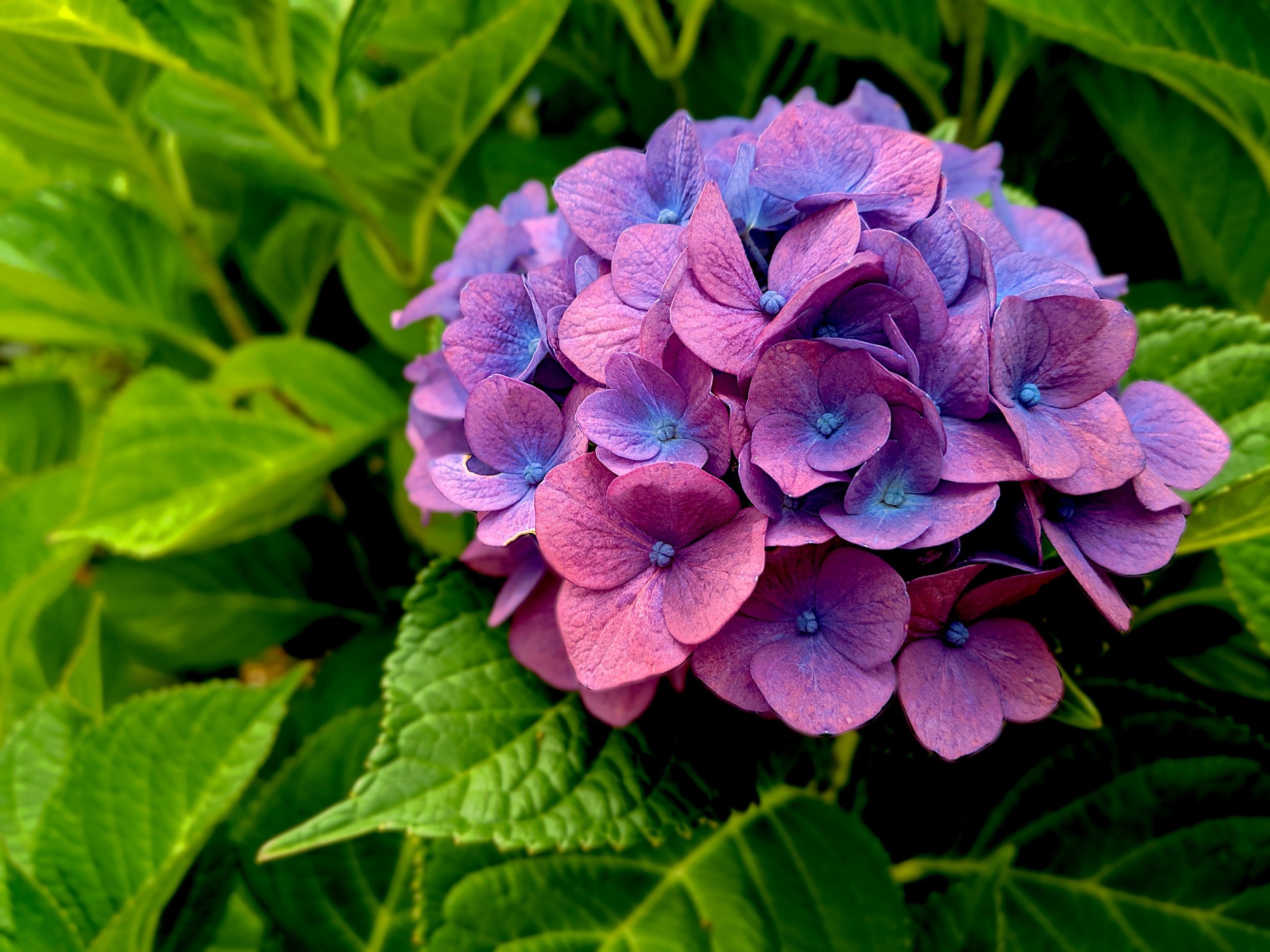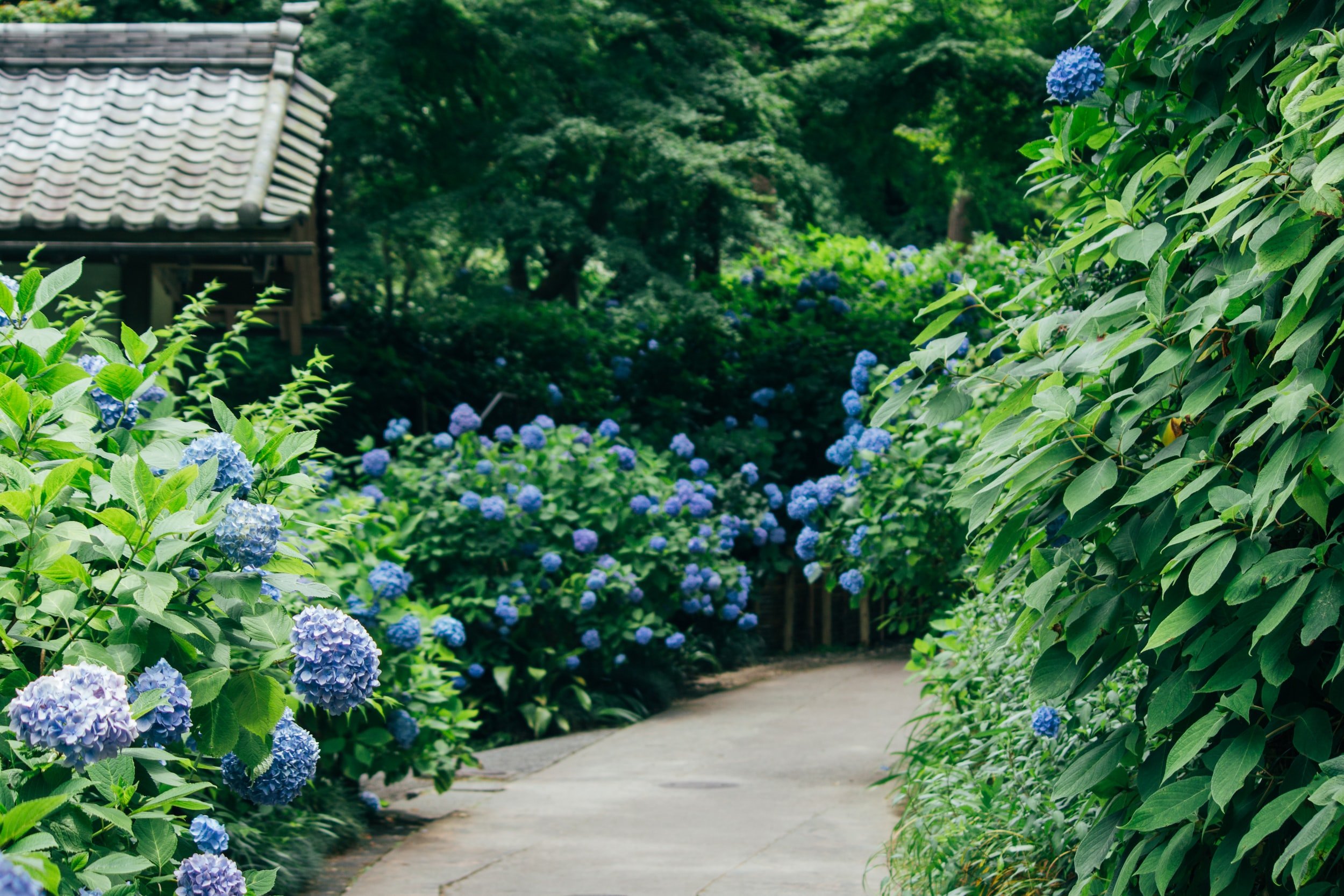The Ultimate Guide To Hydrangea Leaves Turning Yellow
Wiki Article
The Of Hydrangea Leaves Turning Yellow
Table of ContentsSome Known Questions About Hydrangea Leaves Turning Yellow.Our Hydrangea Leaves Turning Yellow IdeasThe Best Strategy To Use For Hydrangea Leaves Turning YellowThe Facts About Hydrangea Leaves Turning Yellow RevealedSome Known Factual Statements About Hydrangea Leaves Turning Yellow An Unbiased View of Hydrangea Leaves Turning Yellow
These problems are simple to determine and repair if you take actions prior to root rot sets in. A moisture meter can assist direct you to the ideal method of modification. Big fallen leaves often look sagging throughout the afternoon warmth. When they fall short to cheer up at night or still look shrivelled in the morning, your plant could be overwatered.Get rid of the plant from the soil and prune out any origins that aren't white and swollen (plump) (Hydrangea Leaves Turning Yellow). Replant in a brand-new area or work some sand into the dirt for much better drain. Underwatering likewise creates entrusts to transform yellow with brownish, crispy sides. Do not attempt to remedy the issue by sprinkling excessively.

Get This Report on Hydrangea Leaves Turning Yellow
First appears on the older fallen leaves, but the leaf blood vessels remain eco-friendly. While there is generally enough iron in natural soil, hydrangeas usually struggle to take in sufficient of it.The best way to stop iron deficiency-chlorosis in hydrangeas is to grow them in ideal ericaceous or acidic soil. When planting in a bed, mix in some peat or reduced-peat ericaceous compost and check the p, H value yearly. This is essential because the compost mix around the plants will affect the p, H worth of the dirt over time and the p, H worth might rise again.

The Main Principles Of Hydrangea Leaves Turning Yellow
September is the finest time of year to do something concerning those hydrangeas. Their leaves are transforming yellow, the blossoms have actually faded, and their gangly appearance is making you crazy.Mophead, Lacecap and Oakleaf hydrangeas grow on old wood. Do not trim Mophead, Lacecaps and Oakleaf hydrangeas to the ground, as you will certainly eliminate the stems that are ready to grow next springtime.
In this way you will not be eliminating too several of next year's flower buds. Trim click here to read out as much dead timber as you can find. You can reduce deadwood to the ground. If the shrub is obtaining larger than you like, you can obtain a third of the online a knockout post wood while you remain in there.
Things about Hydrangea Leaves Turning Yellow
We're right in the center of our late-blooming hydrangea season here, so I believed I would certainly share a suggestion for this specific kind of hydrangea that I located truly fascinating. A lot of people have a comparable problem with their panicle hydrangeas where they begin to see the fallen leaves transforming yellow and going down off at various parts of the period and it can be quite dramatic and pretty worrying because it can occur really swiftly on a bush that seems like it's otherwise truly healthy and balanced.I have actually shared it on Instagram before, but I recognized I've never ever told you about this in a genuine, full blog article, so today I'm caring for that. When I company website say that this relates to panicle hydrangeas, that implies the kind of hydrangeas that normally flower later in summer, typically around August.
Where we reside in area 6, they're rather simple to have success with and they're truly prominent in our location, which is excellent since that suggests that there are hydrangeas practically almost everywhere right now of year. When you see your hydrangea leaves beginning to transform yellow, you may believe that your plant is dying or being mistreated in some way, but actually, the reverse holds true.
Some Known Facts About Hydrangea Leaves Turning Yellow.

Courtenay is the author of guide The Cleaning Ninja and has actually been included in many publications consisting of Country Sampler Farmhouse Design, Better Homes and Gardens, Parents Publication, Real Simple, and Our Houses.
Water logged soil robs the roots of oxygen, resulting in root rot and yellow fallen leaves. On the other hand, underwatering or dehydration creates the plant to wilt and its vegetation to yellow. Maintaining a constant watering schedule and making certain appropriate drain through drain holes or layers can aid stop these issues.
Some Known Facts About Hydrangea Leaves Turning Yellow.
With correct treatment and maintenance, hydrangeas can thrive and preserve their vibrant, vivid fallen leaves. Hydrangea leaves turning yellow is a common issue that can be attributed to various variables (Hydrangea Leaves Turning Yellow).The kind of yellowing seen (e. g. the placement of the influenced fallen leaves on the plant, and/or the pattern and position of the yellowing on the leaf itself) will certainly usually differ according to the reason. The chlorosis is regularly come with by various other signs providing further clues regarding the reason, e.Instances include sap-sucking insects such as aphids, red spider mites and whiteflies, and root feeders such as vine weevil and cabbage root fly. When once again it is typically possible to find the offender on the fallen leaves or among the roots.
Report this wiki page